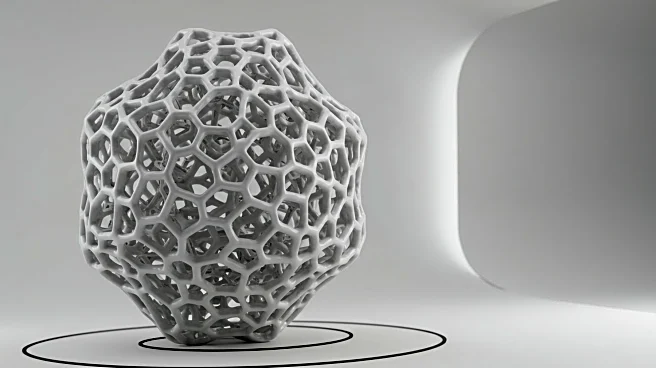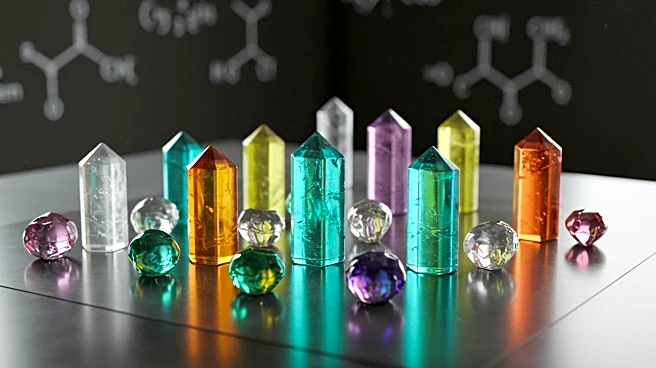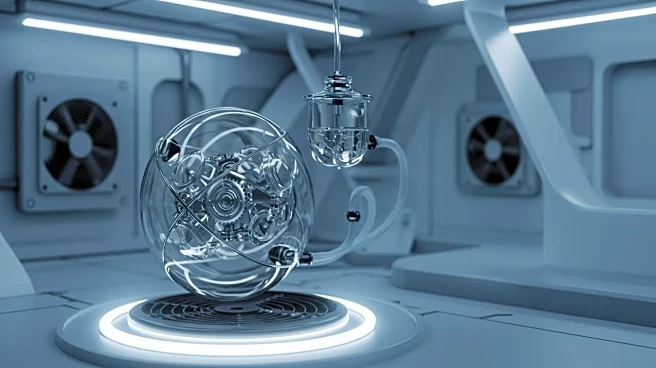Rapid Read • 6 min read
Photoemission electron microscopy (PEEM) is being used to characterize two-dimensional (2D) van der Waals materials, which are promising for quantum, plasmonic, and optoelectronic devices. PEEM allows for nanoscale characterization of static electronic properties and femtosecond-resolved electron dynamics. By combining photon-based excitation with electron-based imaging, PEEM provides insights into light-matter interactions and electronic properties of 2D materials. This technique offers a spatial resolution below 10 nm and captures the entire field of view, making it suitable for high time resolution experiments.
AD
The use of PEEM in studying 2D materials is crucial for advancing next-generation electronic devices. Understanding the light-matter interactions and electronic properties of these materials can lead to innovations in quantum computing, optoelectronics, and other technologies. The ability to visualize ultrafast electron dynamics provides valuable information for designing devices with improved performance and efficiency. This research could drive the development of new applications and enhance the capabilities of existing technologies.
Future research may focus on expanding the use of PEEM to study other types of 2D materials and their applications. Scientists could explore the integration of these materials into various devices, potentially leading to breakthroughs in quantum computing and optoelectronics. Collaboration between researchers in materials science and device engineering might accelerate the development of new technologies based on these findings.
AD
More Stories You Might Enjoy










